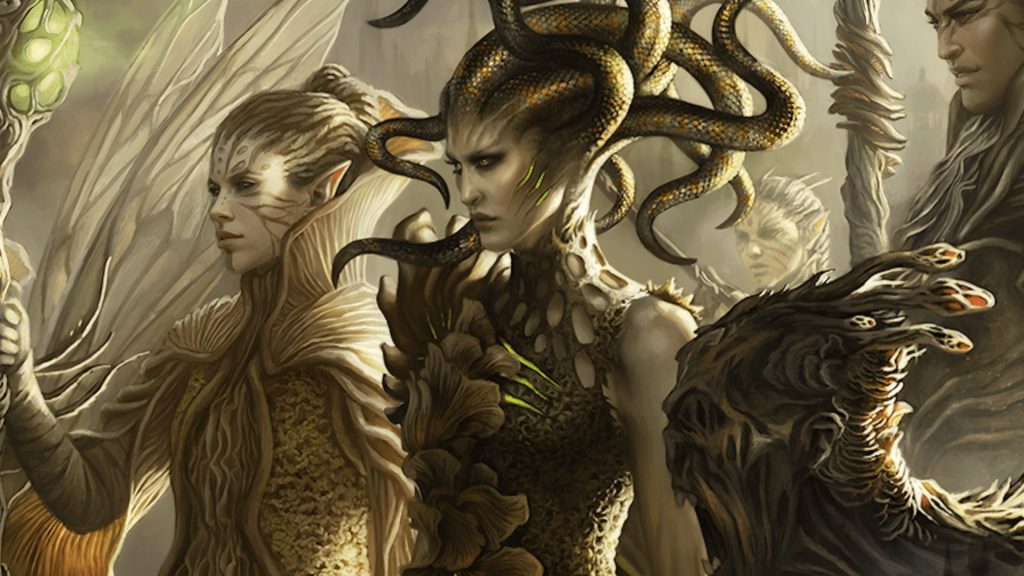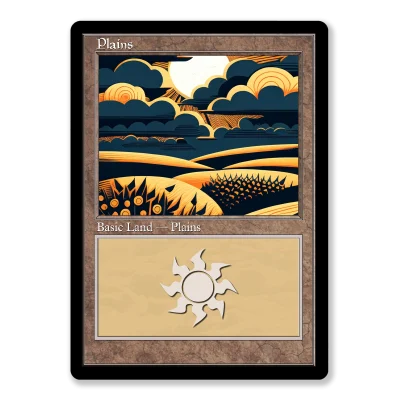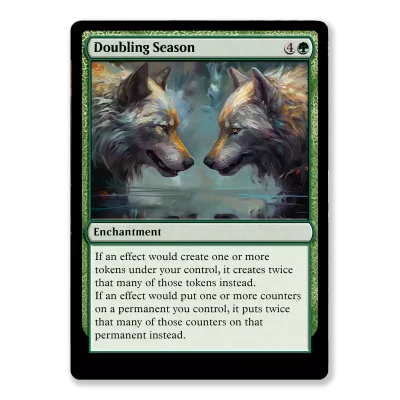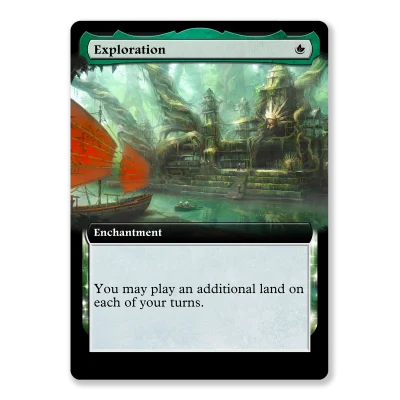Magic: The Gathering has many guilds, each with its own flavor and style of magic. One of the most distinct is the Golgari Swarm. They’re known for mixing black and green mana to manage both life and death. You’ll often see them in the darkest corners of Ravnica’s undercity, surrounded by fungus, insects, and the remnants of life. But the Golgari don’t just lurk in decay—they thrive on it. They see rot and rebirth as part of a single process, believing that each stage of life, even its end, leads to something new. They’re the ones who recycle the city’s waste into fertile ground, turning what people cast aside into something worthwhile. Necromancy is an obvious extension of that belief, letting them raise the dead or harness energy from fallen beings. It might seem unsettling to some, but to the Golgari it’s just a natural cycle.
The Philosophy of Life and Death
At the heart of the Golgari philosophy is the idea that life and death are not opposites. They’re two parts of one whole. When something dies, it decays, then new life sprouts from that decay. It’s not a cycle that begins and ends; it’s a continuous loop that never truly stops. If a giant beast falls in the swamps, its body will eventually feed new plants and insects, which in turn feed other creatures. The Golgari embrace that idea more than any other guild. They don’t recoil at skeletons or rotting bodies because to them those are simply the building blocks for future growth.
And because they’re not afraid of rot, they’re also not afraid to reach into the grave for help. Necromancy isn’t just about raising zombies to do your bidding; it’s a way to make sure nothing goes to waste. Why let a perfectly strong creature rot away when its energy can be reused? In the Golgari mindset, that’s efficient.
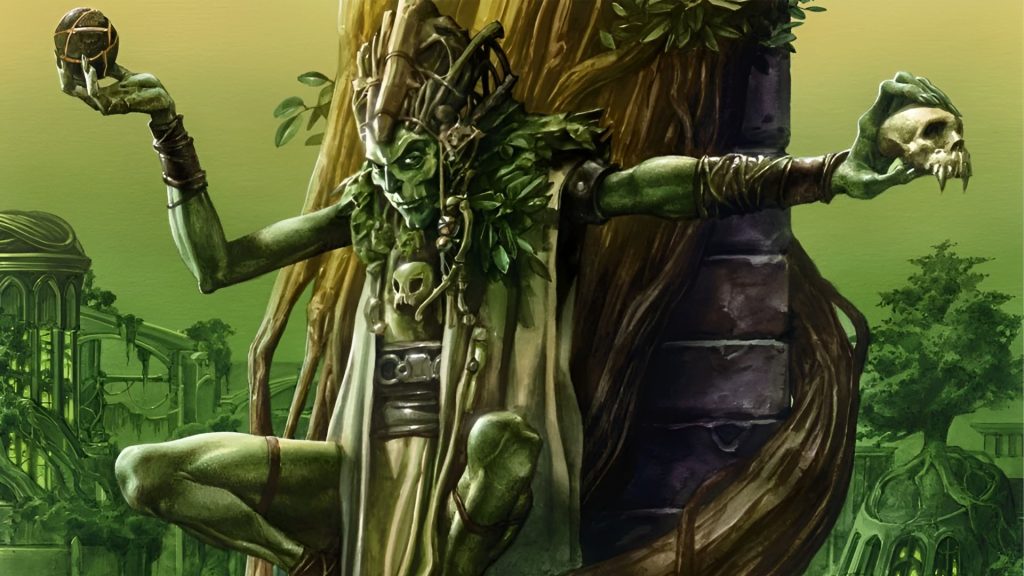
Founding and Early History
Long ago, a necromancer named Svogthir formed the Golgari Swarm. He didn’t just dabble in magic—he turned himself into a lich, effectively becoming a near-immortal figure known as the god-zombie. He was so powerful that he ruled for centuries, although “ruled” might be a strong word for a group that sees death as a friend rather than an enemy. Svogthir’s reign ended when the Sisters of Stone Death, a trio of gorgons, overthrew him, but that wasn’t the end of his story. Svogthir found his way back by inhabiting the body of a former guild leader. This might sound like an unsettling approach to politics, but in the Golgari Swarm, it’s pretty on-brand.
These events shaped the guild’s culture. Leadership often shifts through betrayal, resurrection, or magical takeovers. It’s part of the reason the Golgari are so fluid. They’re used to transformations of all kinds, and they see each power change as another step in an unending life cycle. That might be chaotic in some ways, but it also reflects how deeply they believe in the inevitability of decay and rebirth.
Life Under Ravnica’s Streets
The Golgari make their home in Ravnica’s undercity, where light is sparse and damp air encourages the growth of molds and fungi. It might not be the most welcoming place, but they see it as a realm full of opportunity. Compost, rotting leaves, and all manner of living and unliving creatures mingle together. The streets above can forget about what happens down there, but the city needs the Swarm to handle waste and maintain a balance.
You’ll find all sorts of beings in the Golgari’s domain. There are elves who’ve joined the cause, former members of other guilds, zombies who carry out daily tasks, and fungi that appear sentient. It’s an odd sight if you’re used to shining spires and neat courtyards. But in the undercity, the mess is part of the plan. It’s a living laboratory of decomposition and renewal.
The Role of Necromancy
Necromancy in the Golgari Swarm isn’t just about raising an army of shambling corpses. It’s about using every resource available and ensuring nothing goes unused. If a creature dies in the undercity, that doesn’t have to be the end of its usefulness. A skilled Golgari necromancer might call upon its spirit or reanimate its body to help with guild work. Maybe they’ll use it for manual labor, or maybe they’ll transform it into a guardian. The point is, the Golgari see potential where others see only an expired husk.
This approach also means their spells often revolve around pulling creatures from the grave. In gameplay terms, this can frustrate opponents who feel like they’ve already dealt with a threat. You kill a big creature, only to see it pop back onto the battlefield a few turns later. That’s exactly what Golgari players love. It feels like the perfect mirror of their worldview: nothing is final, not even death.
Notable Leaders and Power Struggles
After the Sisters of Stone Death, leadership passed through a few more hands. Vraska, a gorgon planeswalker, eventually rose to prominence and still holds a significant position in the Swarm’s hierarchy. Her power to turn enemies to stone fits well with the Golgari’s themes of transformation and finality. But she’s also unique in that she can walk the planes, which offers the Golgari a broader perspective than many Ravnican guilds typically enjoy.
In my opinion, one of the more fascinating parts of the Golgari’s lore is how leadership changes often mirror the cycle of life and death. Someone seizes power, only to be betrayed or overthrown, but then they come back, or someone else does, and the cycle continues. It’s like the guild’s own narrative reflects its core philosophy.
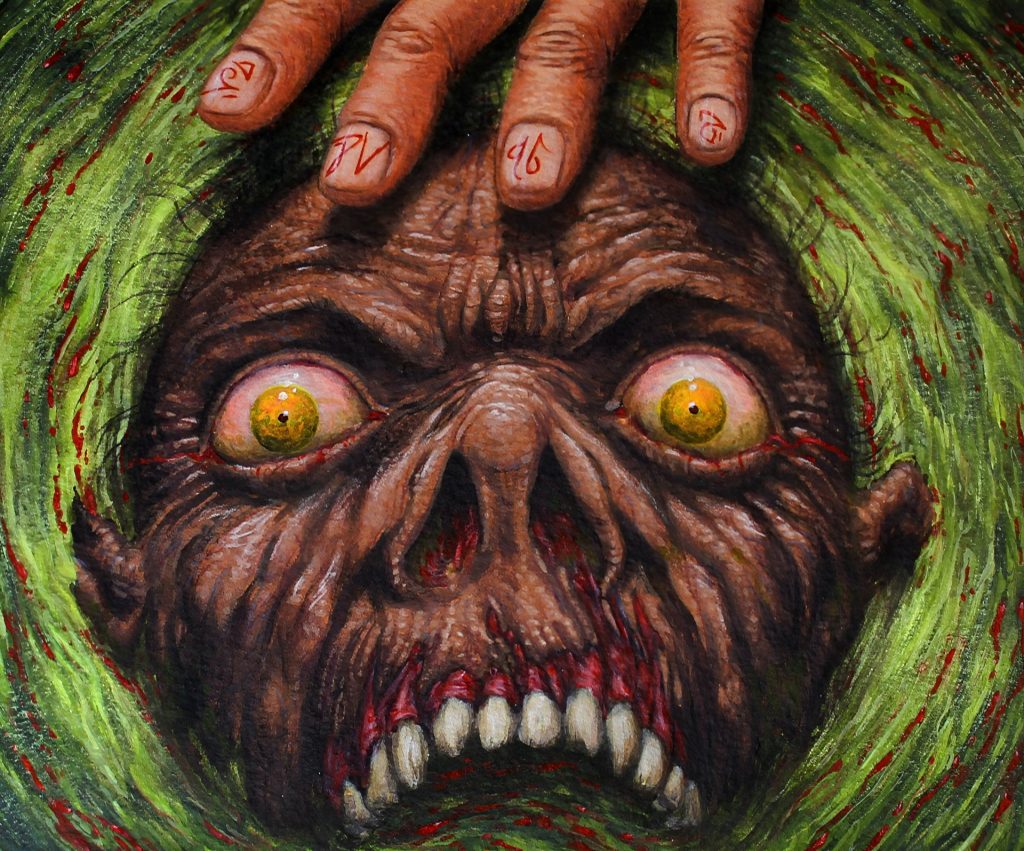
Iconic Necromancy Cards
Some Magic cards capture the Golgari approach to necromancy well. One is Doomed Necromancer, a human cleric who can sacrifice himself to bring back a creature from the graveyard. That sums up the Swarm’s ideals: give up one life to renew another, ensuring the cycle keeps going. Another card, simply called Necromancy, allows you to reanimate a creature from any graveyard. It’s a perfect illustration of the Golgari notion that boundaries between life and death are thin.
Then there’s Apprentice Necromancer, a zombie wizard who temporarily brings creatures back. The creature might only last a turn before it heads back to the grave, but that single turn can be pivotal. It reflects how life can be fleeting, but still meaningful. These cards might seem like small mechanical details in a card game, but they’re also loaded with story implications. They show how the Golgari’s attitude toward decay can play out in practice, whether on the streets of Ravnica or in a friendly match at your kitchen table.
Everyday Tasks and Obligations
Beyond the big spells and legendary leaders, the Golgari have mundane jobs to do. They manage sewage, break down the city’s waste, and recycle organic matter into fertile mulch. Imagine an entire undercity ecosystem built on refuse. The Swarm’s creatures, from swarms of insects to fungal colonies, process what the surface world discards. They take rotting garbage and transform it into new growth.
This isn’t glamorous, but it’s crucial. If the Golgari stopped cleaning up waste, Ravnica might drown in its own filth. Some folks probably look down on them for being the city’s trash collectors, but in a setting as big and crowded as Ravnica, that job is no small feat. If you’re looking for humility, consider that these necromancers, who can raise the dead, also handle everyday chores like composting. In a way, it’s a humble blend of high magic and practical labor.
Conflicts and Rivalries
Golgari Swarm members don’t get along with everyone. The Boros Legion, for instance, might feel uneasy around the undead. The Selesnya Conclave, another nature-based guild, emphasizes harmony among living things, but they might frown upon the Golgari’s willingness to animate corpses. Then there’s the Orzhov Syndicate, which also deals with life and death but has a more monetary twist on those themes.
Sometimes these rivalries lead to all-out conflict. Golgari members might feel disrespected by the guilds that focus on the shining parts of Ravnica’s life cycle. And there’s always tension between black-mana-aligned groups, because the ambition and desire for power often leads to backstabbing. But the Golgari have an advantage: even if they lose, they can come back, sometimes literally. That’s a strong bargaining chip when dealing with guilds that see defeat as permanent.
The Undercity Aesthetic
If you ever visit the Golgari’s territory, you’ll notice an odd blend of beauty and decay. Fungi glow in the darkness, and insects scuttle between mossy stones. Ancient ruins are covered in vines, and some undead forms shuffle around, lit by bioluminescent mushrooms. It might sound gloomy, but there’s a strange allure in seeing nature reclaim its space.
Water drips from the ceiling, forming small pools that reflect the eerie light of fungus. Large subterranean gardens stretch out in places, fed by compost the Golgari produce. You might spot undead laborers carrying mulch to different caverns, ensuring each area has enough nutrients. It’s not a place for the squeamish. Still, if you appreciate the raw power of life feeding on decay, it’s mesmerizing.
Golgari’s Approach to Power
Golgari necromancers and guild members don’t usually see power as something to be flaunted. They see it as a tool to keep the cycle going, even if that means stepping on a few moral lines. If raising a corpse helps the community, they’ll do it. If controlling an undead horde keeps the Swarm safe, so be it. Power, for them, is about ensuring survival in a harsh environment, not about shining achievements or glory.
Of course, there are individuals who pursue power for personal reasons. That’s often where the guild’s internal strife comes from. But the general ethos is clear: the Swarm’s prosperity matters more than any single life or death. If you can accept that, you’ll fit right in. If not, well, the Golgari might still find a use for you—just maybe not in your current form.
Handling Criticism
Many on Ravnica see the Golgari as creepy or unclean. It’s easy to assume that a bunch of necromancers living among the city’s rot must be evil or at least dangerous. The Golgari don’t always bother refuting these claims, because they believe their work speaks for itself. They dispose of the city’s waste, reanimate bodies for labor, and keep the cycle of renewal alive. In their eyes, it’s practical.
Still, they’re not entirely dismissive of outsiders’ concerns. They just feel that most folks don’t understand how vital their work is. If something leads to less pollution and a healthier ecosystem, does it matter if it involves a few zombies? From their perspective, the ends and the means line up well enough.
The Future of the Golgari
With Vraska at the helm, the Golgari Swarm has found a renewed sense of direction. She’s tough, cunning, and has a bigger scope of knowledge thanks to her planeswalker abilities. Some wonder if the Golgari will expand their influence beyond Ravnica or form alliances with other planes. Others think they should stay focused on the undercity, making sure they don’t lose sight of the tasks that keep Ravnica’s ecosystem stable.
Regardless of the path they choose, it’s clear the Golgari Swarm won’t vanish anytime soon. Even if their leadership is challenged, they’ll adapt. That’s what they do. And if some catastrophe wipes out half their guild, you can bet the survivors will compost the remains and come back stronger than before. It’s just how they operate.
Conclusion
The Golgari Swarm stands out in Magic: The Gathering lore for its unwavering embrace of necromancy and its dedication to the cycle of life and death. They see decay not as an end but as a moment of transition. The founder, Svogthir, turned himself into a lich and set a precedent for the guild’s use of reanimation and transformation. Over centuries, leadership has changed hands through betrayals and resurrections, mirroring the guild’s own view of life’s cycles.
For them, necromancy is not a dark taboo—it’s a practical method of harnessing energy that would otherwise go to waste. This attitude extends to their everyday responsibilities in Ravnica’s undercity, where they handle garbage, compost organic matter, and recycle what others consider useless. They might look grotesque or unnerving to some, but in a city as vast as Ravnica, the Golgari keep the balance going by turning death into new life.
So, when you see a few zombies shambling around or a necromancer chanting over a grave, remember that the Golgari are just doing their part to renew the world. It’s not always pretty, but it keeps the ecosystem churning. If you ask them, that’s the real magic of necromancy—constant renewal in a place that might otherwise drown in its own refuse. They’re proof that from decay, something fresh can emerge. And in a realm teeming with life of all kinds, that’s a power worth respecting.

